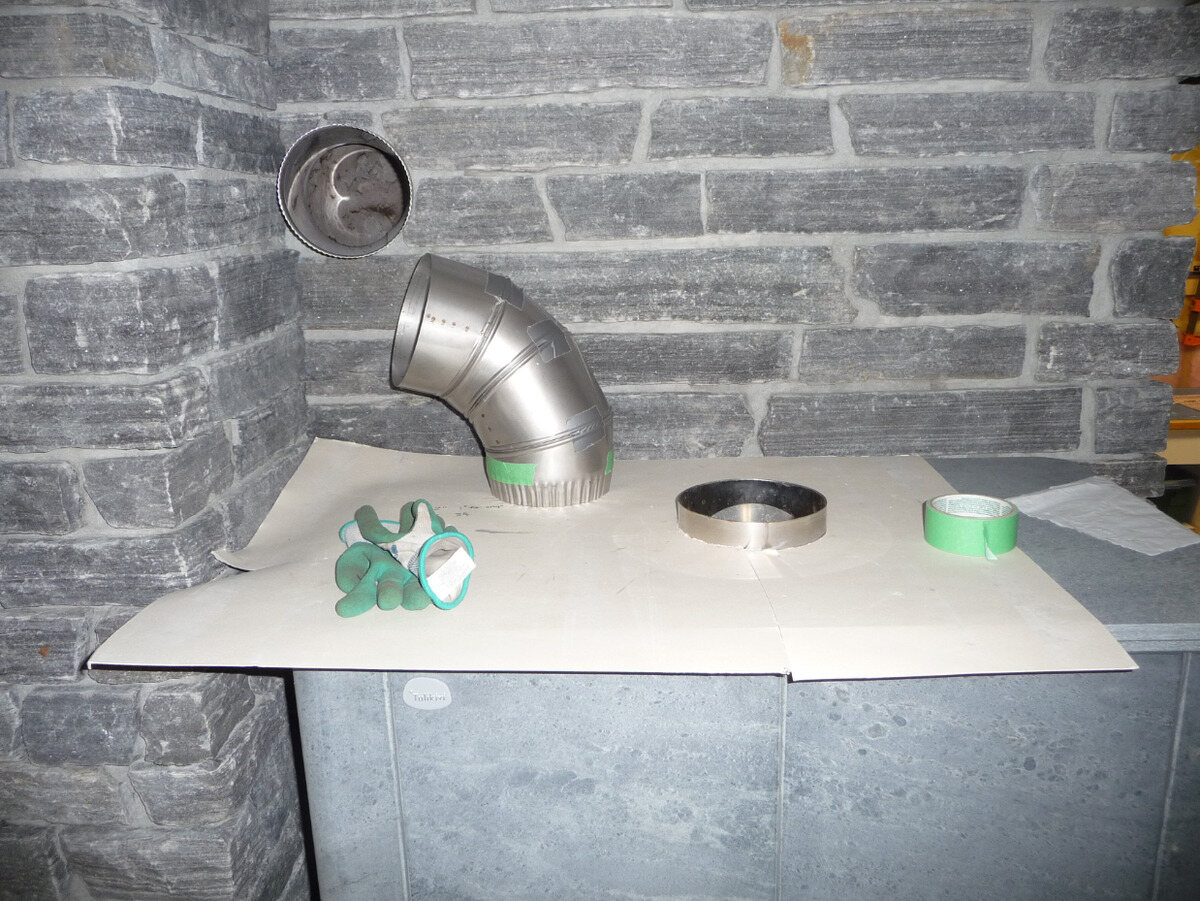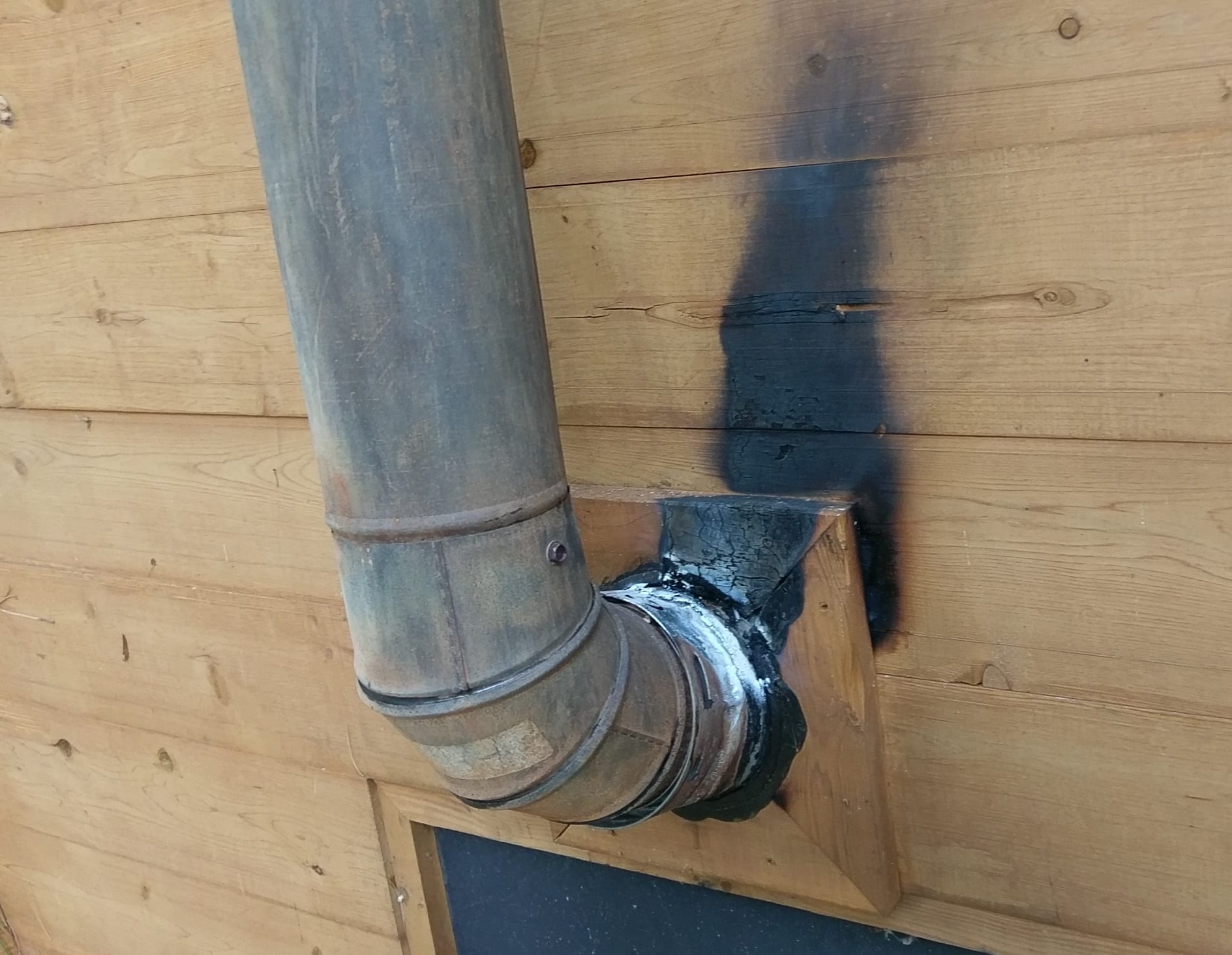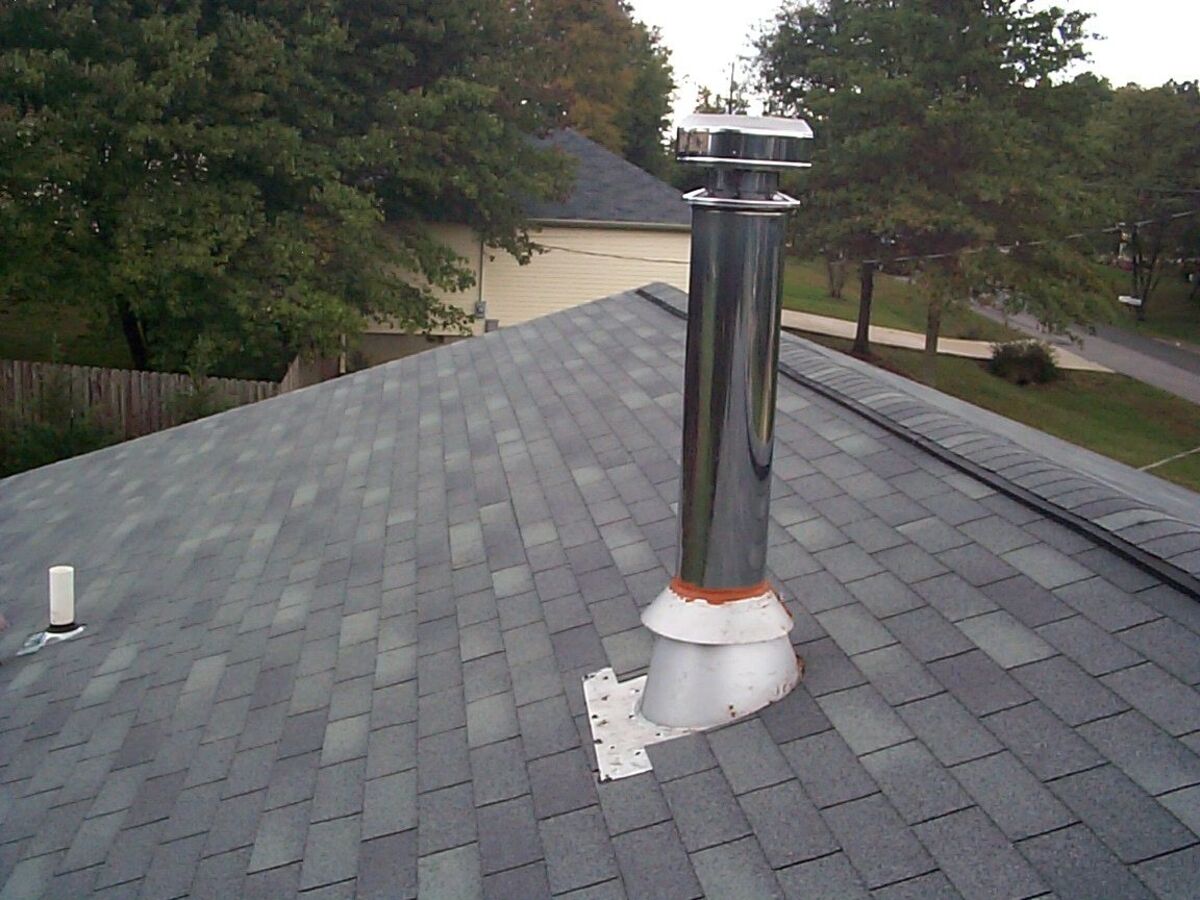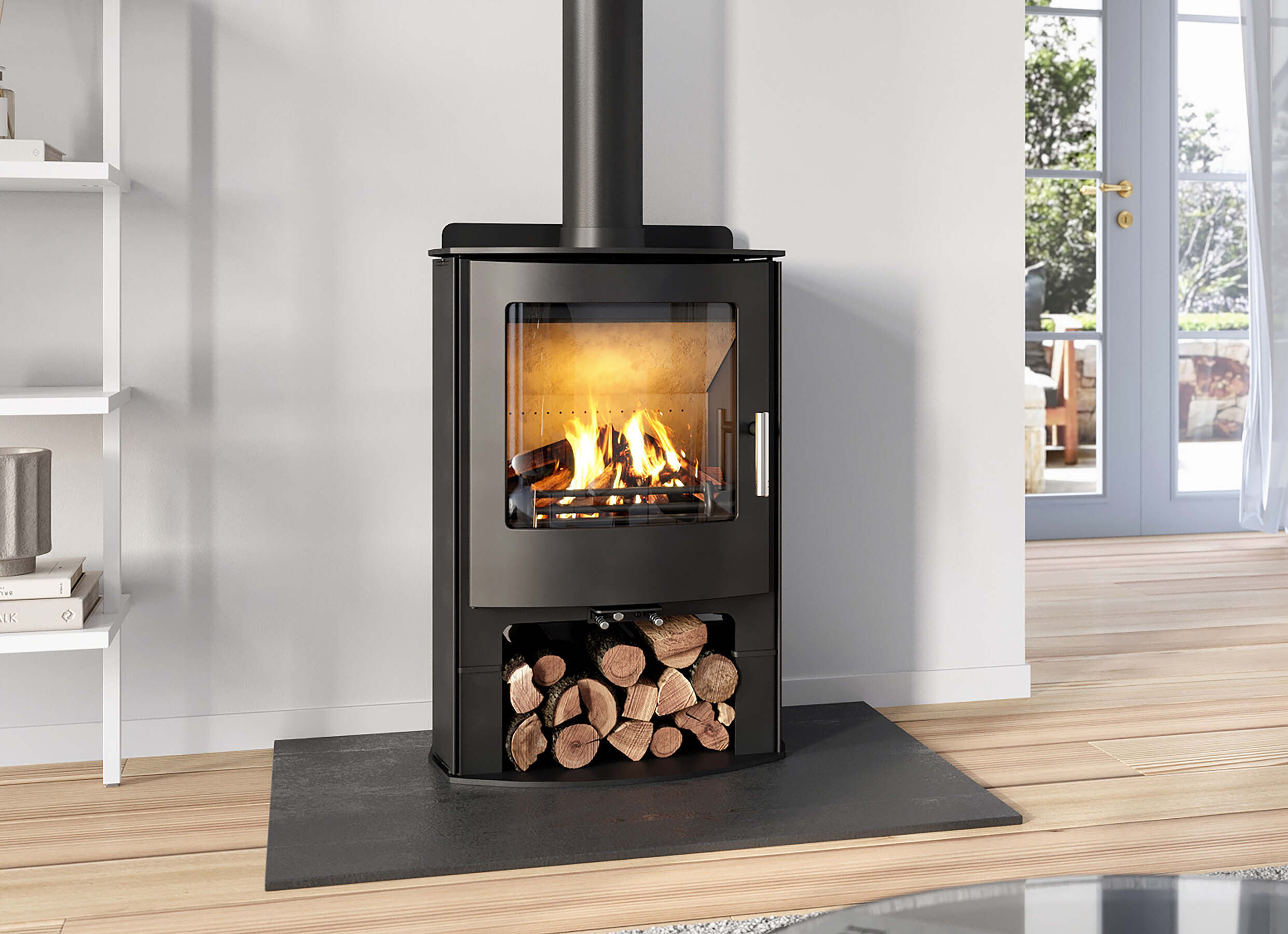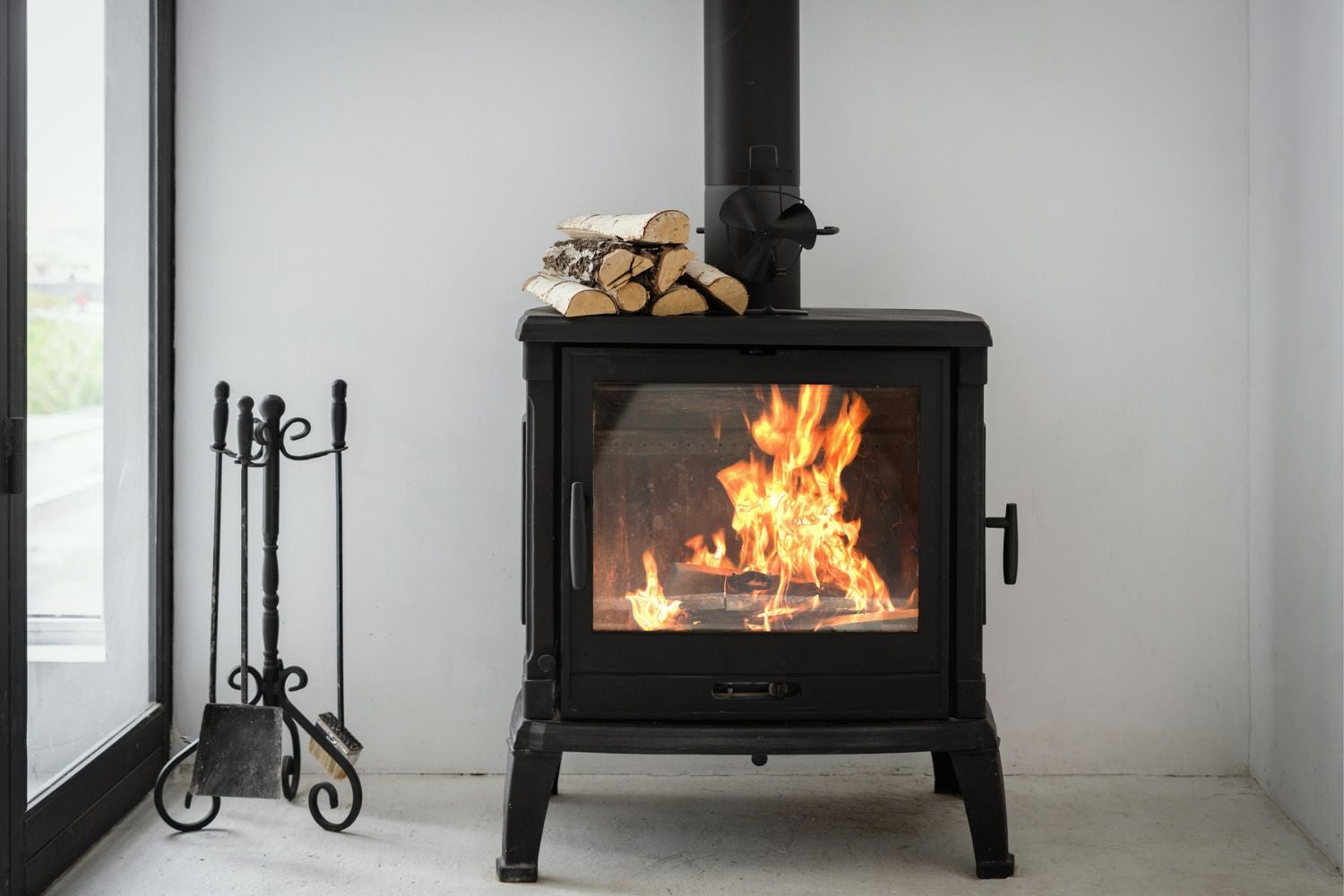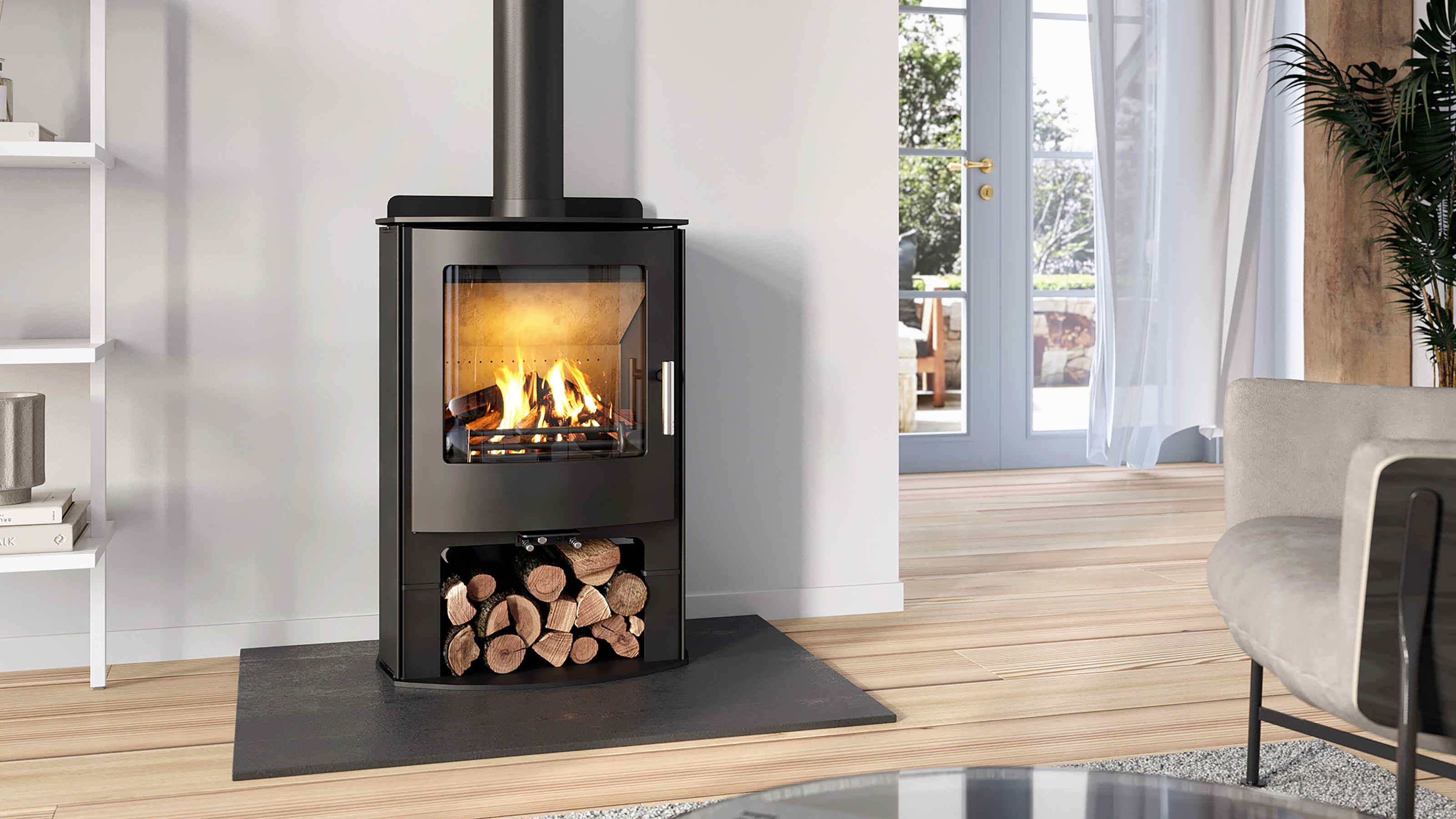Home> Fireplace and Stove Installation
Fireplace and Stove Installation: Professional, Affordable and Safe!
Get top-notch Fireplace and Stove Installation services today! Enjoy a cozy, safe home environment with our expert installers. Click to get started.
